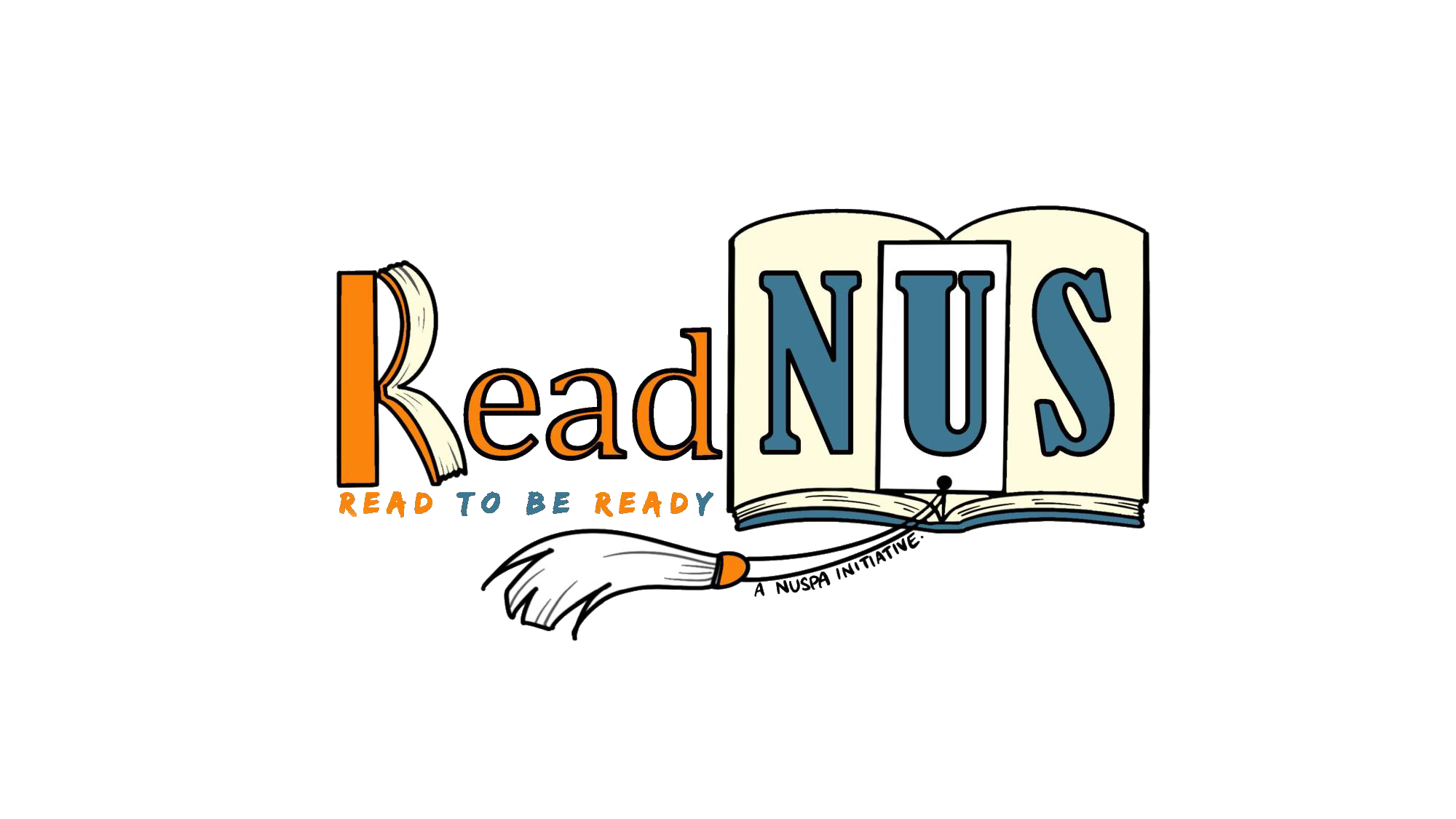The Keepers of Stories: Unveiling the Magic of SingLit
Planning to venture into the world of SingLit now that finals are almost over? If you’re looking for a light and easy read, here’s one I would recommend for a start.
I’ve always been a fan of historical fiction, magical realism, and fantasy. So, when I first saw The Keepers of Stories, I knew I had to pick it up.
![readnus ab Intriguing, right? [1]](http://readnus.com/wp-content/uploads/2021/12/readnus-ab.png)
The mystifying blend of blue and purple hues, the bushes shielding the elderly woman and children from looming skyscrapers, and the campfire smoke wafting into the air all come seamlessly together to promise a tale of tradition and modernity and of the mystical.
I was not disappointed.
About the Novel
Set in the late seventies of post-independence Singapore, The Keeper of Stories follows young siblings Hakeem and Zulaika as they meet and live with the Anak Bumi, or the Children of the Earth, on Changi Beach. This secret community performs Wayang Singa—a storytelling ritual—every night, where members of the group take turns to perform a story inherited from their ancestors.
Written by Suffian Hakim, author of the bestselling novel Harris Bin Potter and the Stoned Philosopher, this novel is a reflection of the grief Suffian experienced when he lost his grandmother in 2016 [2]. Just as the Anak Bumi have their Wayang Singa, Suffian’s grandmother would tell him and his family stories every night in their small flat in Bukit Panjang.
Tradition in Modernity
As someone who has a particular interest in culture and traditions, the Wayang Singa was one of my favourite parts of the book. The storytelling ritual begins with the matriarch Nyai Timah’s muted chants and the throwing of sand into flames, creating a huge bonfire. In a collective chant led by Nyai Timah, the Anak Bumi will proudly proclaim, “We are the children of the Earth! We are the listeners and keepers of your stories!” Although the chants are unbelievably corny, the essence of Wayang Singa was what struck me most about the novel.
An oral documentation of the tales passed from one generation to another, the storytelling ritual is a stark contrast to our digital world today, where the internet has become our shared repository of knowledge. While the benefits of having the written word and the internet to preserve our histories cannot be denied, the intimacy of stories are often lost as we retrieve them from inanimate sources. No longer can we say that the stories were passed down to us from our great-great-grandmothers or great-grandfathers or granduncles or grandaunts. The lack of that familial tie inevitably leads to the loss of a sense of ownership over our history, and may very well threaten our cultural identities. Having grown up in an age where I read about folktales in books or on the internet, the Wayang Singa takes me to a time I wouldn’t have otherwise known.
Stories within a Story
The Wayang Singa is also a communal affair, where every member—regardless of race—of the Anak Bumi gathers around the bonfire for the ritual. (Even readers like you and me are not excluded!)
Every few chapters, we get invited to the Wayang Singa and are presented with a short story from the major cultural groups of Singapore. We read about the heart-wrenching sacrificial story of Qilin, a mythical creature created by Pangu, the first being in the universe according to Chinese mythology; we also learn about the events of the Hindu epic Ramayana from the perspective of its chief antagonist, Ravana; and my favourite, the hilarious adventures of Bujang Lapok—or the overaged bachelors—meeting the Queen. Through these seemingly skin-deep stories, Suffian demonstrates his ability to showcase his wit in his sharp commentary on politics and society while making you laugh and cry (this is one of the few SingLit books I read recently that made me experience such an emotional rollercoaster!).
I love that the short stories often parallel the events in the main narrative while offering another perspective from which we can interpret them. And just when the switching back and forth between mini stories and the main narrative gets repetitive, Suffian manages to throw a curveball and keep things exciting.
Final Thoughts (Hint: Yes, You Should Read It)
Although the prose can feel stilted at times, The Keepers of Stories remains a worthwhile read. Backed by a relatively tight narrative, the story took me back to the simpler times of my parents when communities were tightly knit and our faces weren’t buried in our phones. If you are in for a casual read that educates yet keeps you entertained, this book is for you.
Available at Epigram Bookshop and BooksActually.
By: Abigail Chan, ReadNUS Editorial Team
Notes:
[1] https://epigrambookshop.sg/products/the-keepers-of-stories
[2]https://www.lofficielsingapore.com/Culture/suffian-hakim-keepers-of-stories-harris-bin-potter
